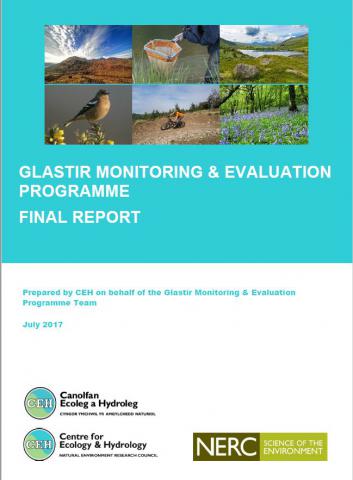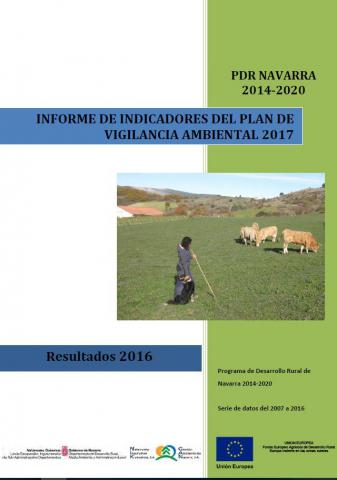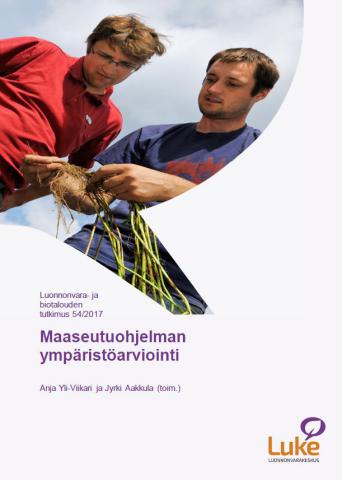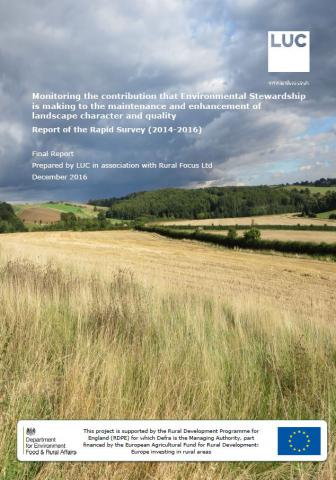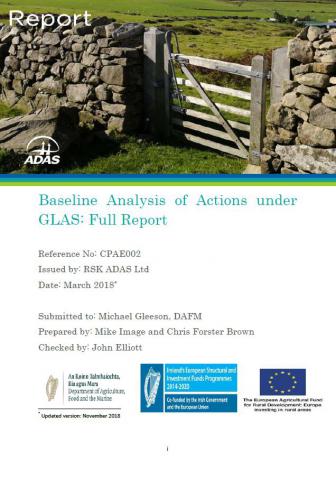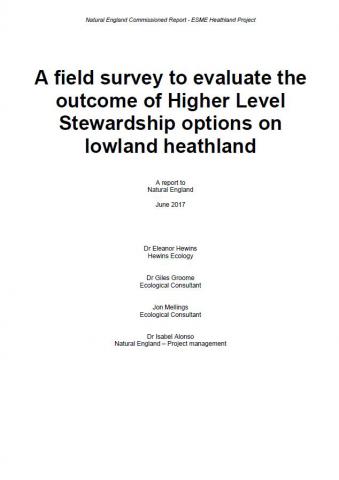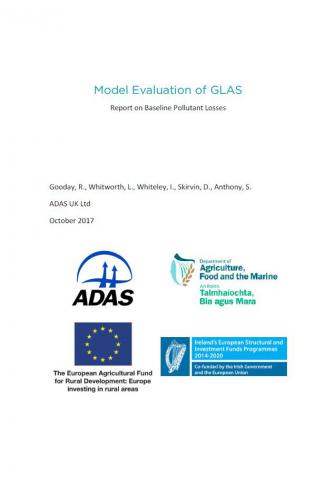The assessment of the effectiveness of environmental measures of the Mainland Finland RDP was first conducted in 2017 and will be repeated in 2019. The evaluation examined the extent to which the RDP has supported the implementation of measures promoting biodiversity and landscape, good quality of water and soil, as well as climate change mitigation. The evaluation was mainly based on monitoring information provided by the Agency for Rural Affairs (PA).
The national evaluation system has been built on the common principles, which were detailed at the EU level. The assessment of the Mainland Finland performance was made in relation to the target values set for the measures. This interpretation was supplemented, as far as possible, by existing research data, opening up the wider environmental impact of the RDP measures
The assessment of the effectiveness of environmental measures of the Mainland Finland RDP was first conducted in 2017 and will be repeated in 2019. The evaluation examined the extent to which the RDP has supported the implementation of measures promoting biodiversity and landscape, good quality of water and soil, as well as climate change mitigation. The evaluation was mainly based on monitoring information provided by the Agency for Rural Affairs (PA).
The national evaluation system has been built on the common principles, which were detailed at the EU level. The assessment of the Mainland Finland performance was made in relation to the target values set for the measures. This interpretation was supplemented, as far as possible, by existing research data, opening up the wider environmental impact of the RDP measures.



